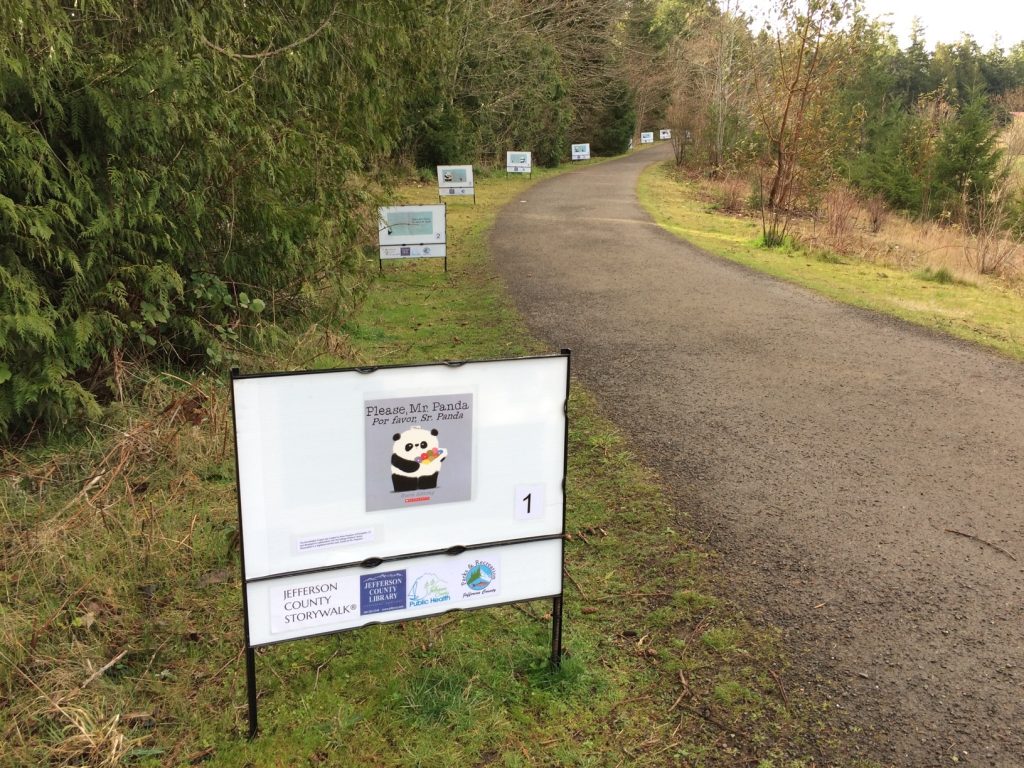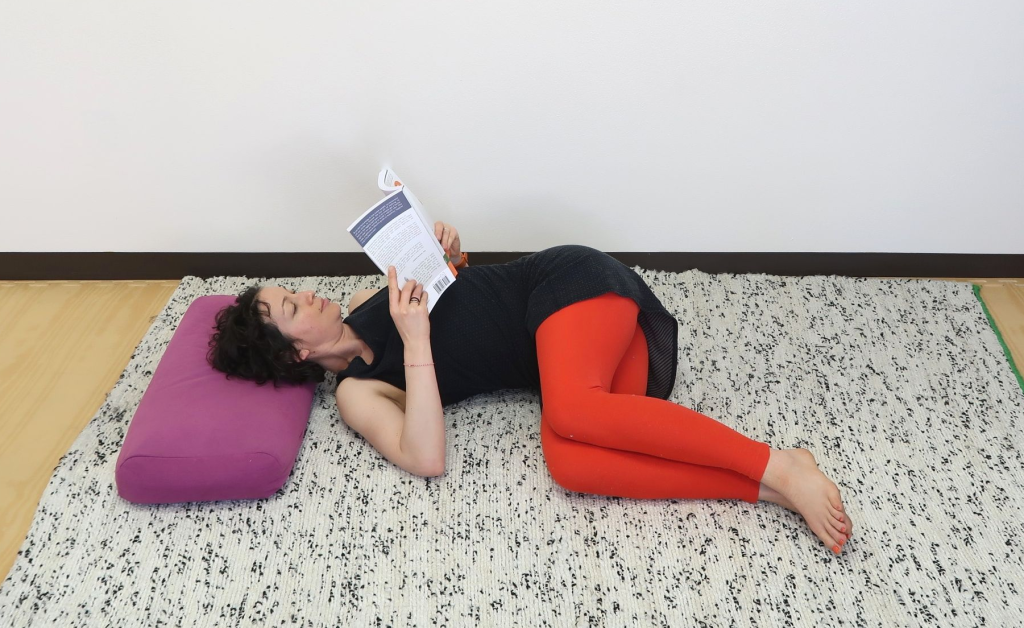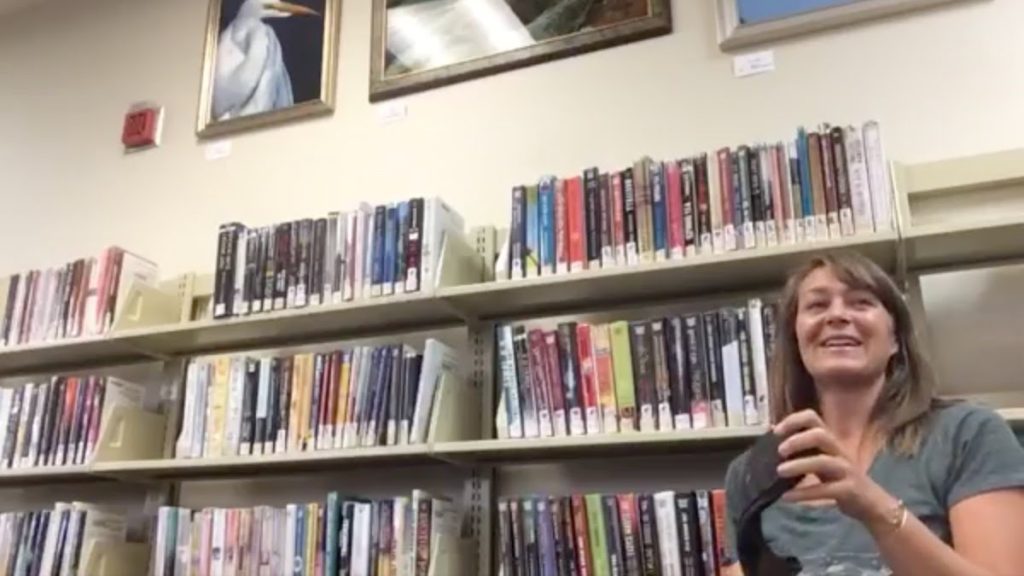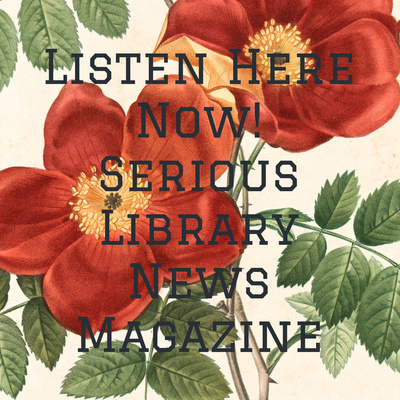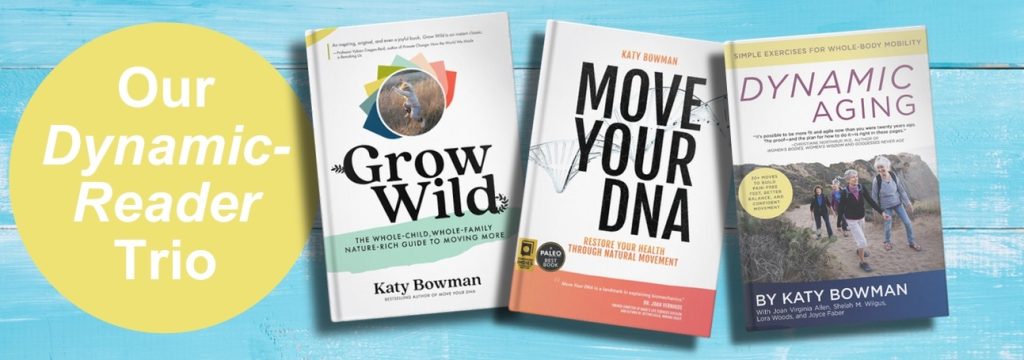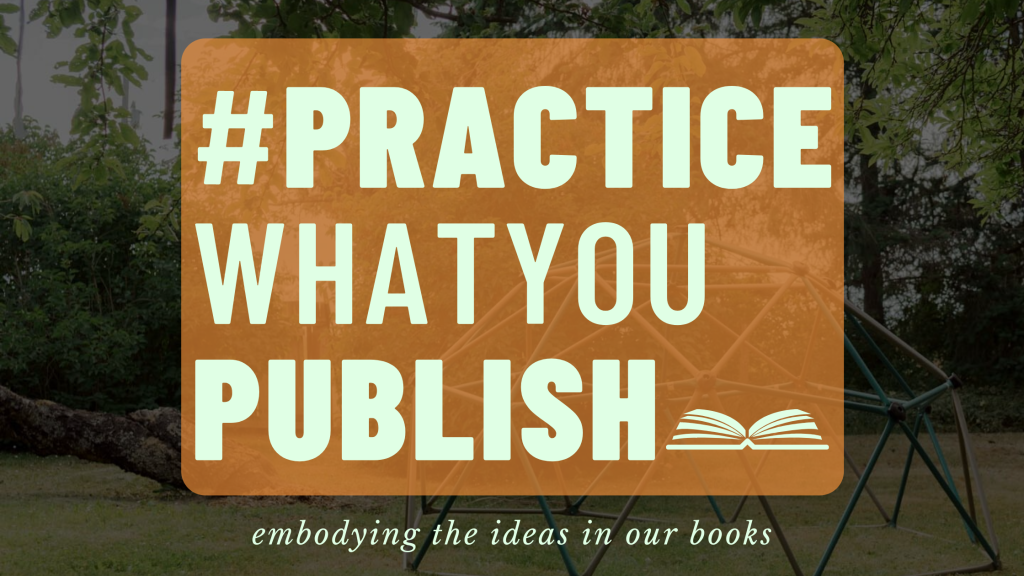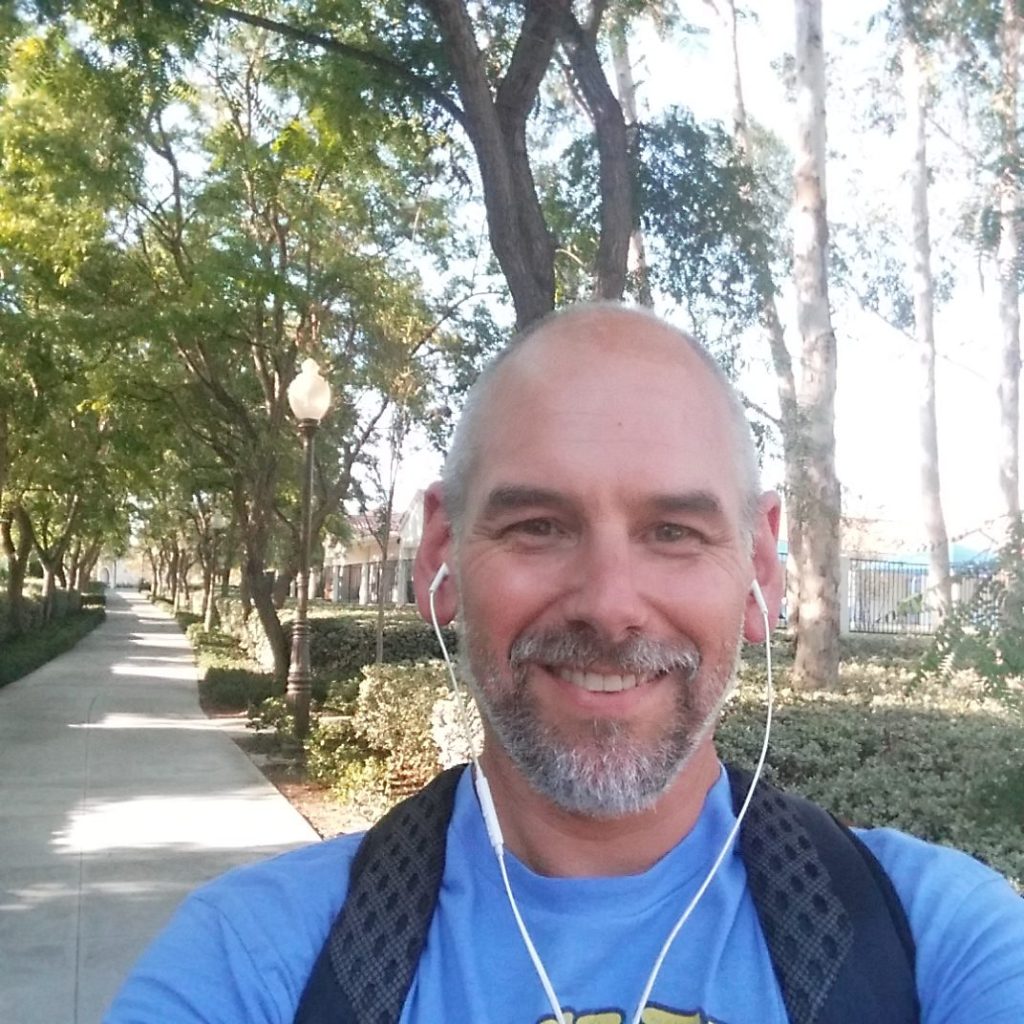But not everyone sees the amount of cardboard (or worse, plastic) that can be involved in getting a printed book into the hands of a reader.
There is no way to “offset” the waste we create.
We want to own that fact. However, we publish books anyways because we hope that the ideas contained within them can change the trajectory of waste overall—and we also take additional steps to reduce the impact our book work has on the world.
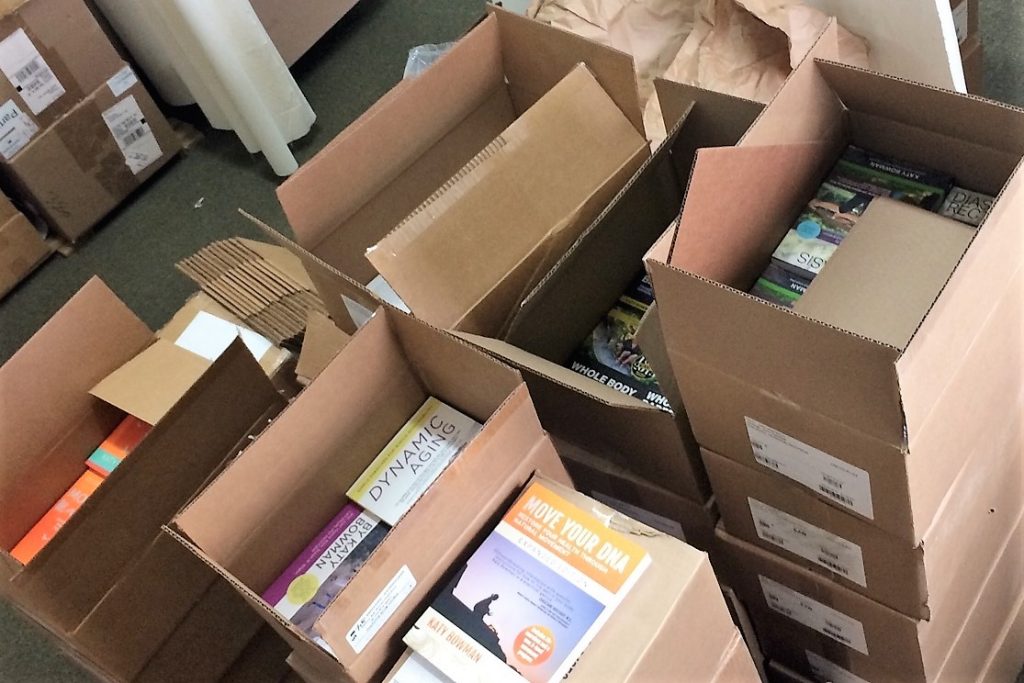
Here at Propriometrics Press we
- print our books on recycled paper
- choose cardboard over plastic
- break down our cardboard boxes and get them to where their material breakdown has direct, local benefits
Many companies recycle (hurray!) but we go a step further to put our waste to better use
Even as a small publisher, we still have a lot of cardboard, but we arrange for our employees to take it from the office to their various growning spaces so it can smother weeds naturally, as we work to grow a little of our own food or encourage the many flowers that go on to feed the pollinators, which help out local farms that feed so many people.
#PracticeWhatYouPublish is our company motto, and the way we handle our waste comes directly from the books we publish. Dawn Again author Doniga Markegard, is how important it is to feed the soil (have you seen her in the new documentary Kiss The Ground yet?).
Movement Matters author Katy Bowman inspires us not only to #stackourlife and add purposeful movement – but to reframe the idea that the labor of breaking down boxes and moving more for what we need is “for other people to do for us.”
Finally, Week 52 in Eat Well, Move Well, Live Well reminds us all that getting dirty in a growing space is good for our mind and soul.
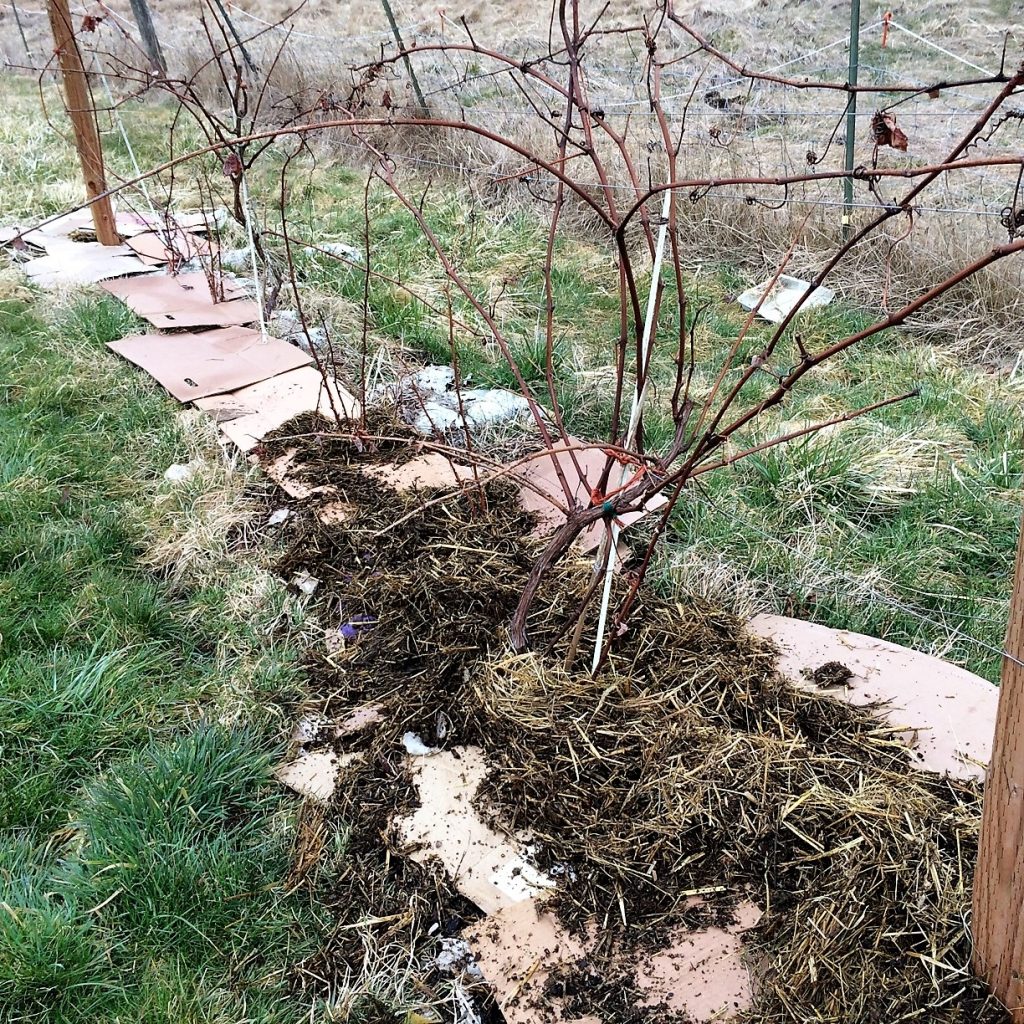
Fans of Move Your DNA and Nutritious Movement understand the personal benefits that come from getting outside, gardening and growing your own food, and even from breaking down a few boxes by hand.
No plastic required
“I use boxes in my garden, but I wind up pulling a lot of packing tape out of the soil.”
– Katy Bowman, author of Grow Wild
Her shipping solution? To use a special packing tape from StickerMule that’s a gummed paper tape, water-activated, and as they say, “biodegradable and repulpable.”
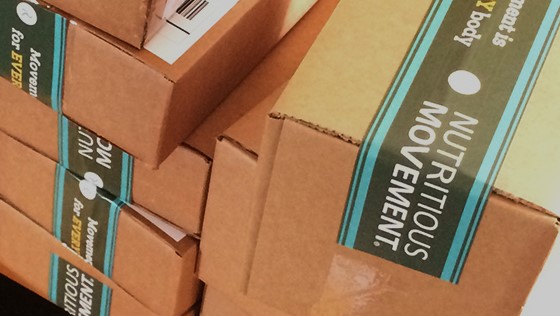
Propriometrics Press also passes on the plastic when we ship to our readers, and definitely skip those mixed paper and bubble wrap envelopes that can neither be recycled nor composted.
We use rigid cardboard mailers. No bubbles required.
#PracticeWhatYouPublish
At Propriometrics Press we try to live the messages we write about, and that goes far beyond moving more, wearing cool shoes, and sitting on the floor.
When it comes to our books, we want to honor and protect the earth that we love.
We want it will be clean and healthy for generations to come, which means taking steps to print on more environmentally friendly materials, ship as efficiently and sustainably as possible, and put any byproducts and waste to good use!
Interested in reading more about sustainability in your own garden while also helping it thrive?
Check out this excerpt from Eric Toensmeier’s book Perennial Vegetables – Turn Barren Soil into Black Gold: 9 Simple Steps to Sheet Mulching



